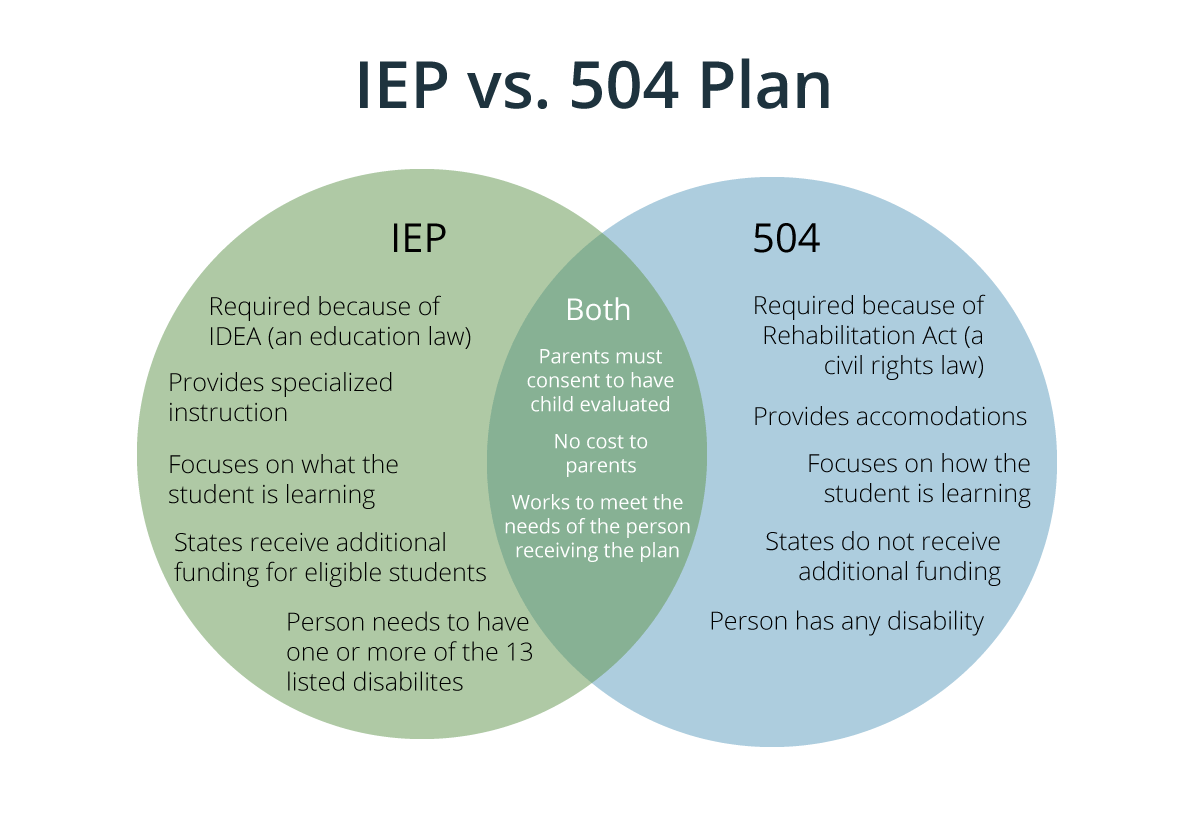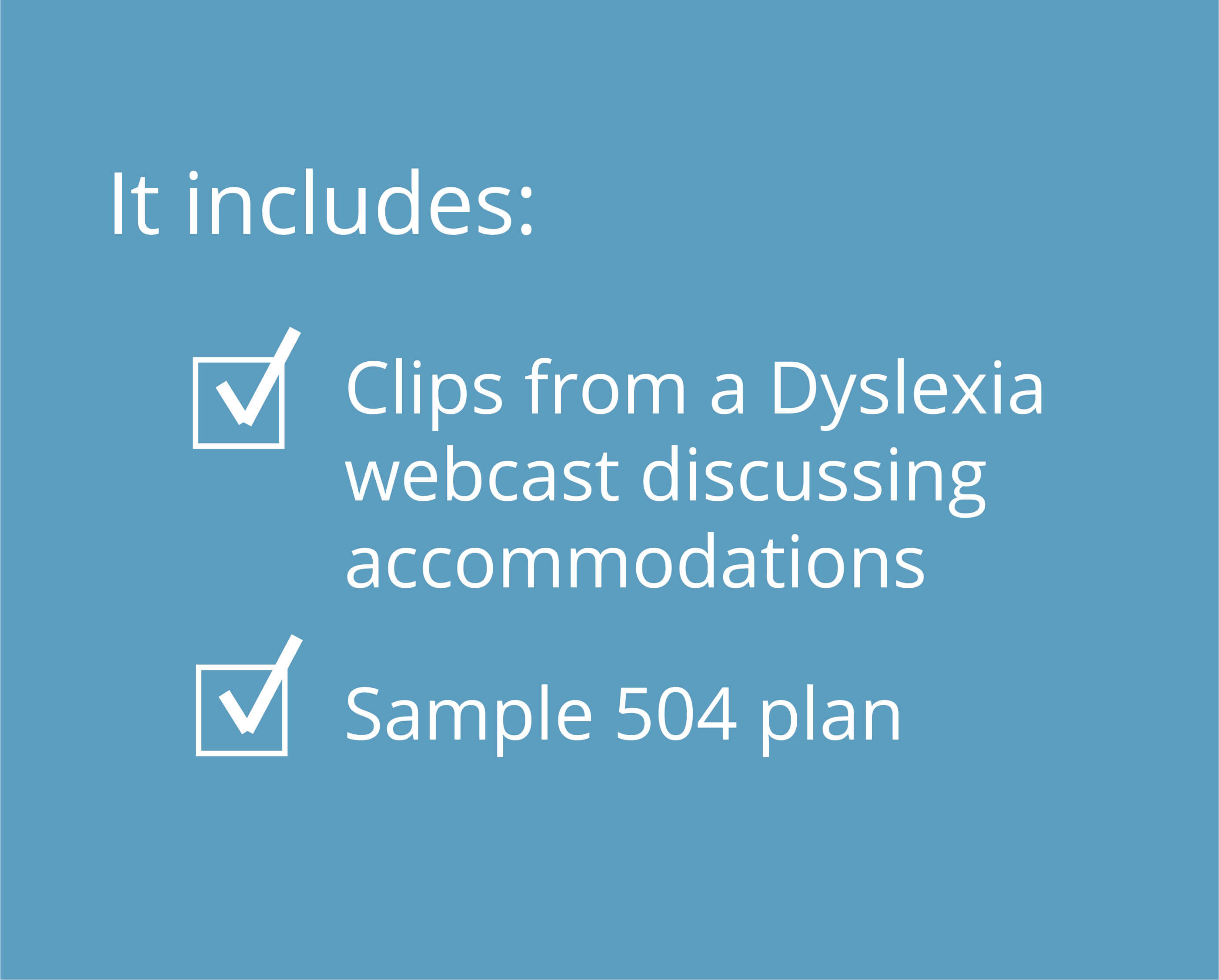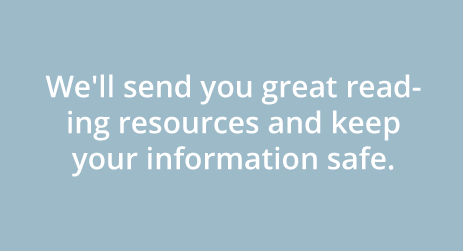Dyslexia Interventions
For Teachers

A diagnosis of dyslexia or specific learning disability often results in a student receiving services through an IEP or 504 plan. One of the most important features of these documents is the identification of accommodations designed to provide the support needed for the student to reach specific academic goals. While accommodations don’t guarantee that every student will be successful in school, they make it possible for students to access the curriculum in areas that would most likely prevent their success.
In the past, students with accommodations often received instruction outside of the general classroom in resource classes or other “pull out” settings. For students with dyslexia, this was typically not effective unless targeted intervention was provided by a trained educator. Recently, however, in response to the large numbers of students with dyslexia and other reading challenges, the inclusion model is now used most frequently to educate these students in the classroom. Many schools are beginning to realize the benefits of bringing accommodations into the general classroom in order to benefit all students.
Establishing reading intervention programs that are available for students without leaving the classroom means that they are able to receive the majority of instruction in the least restrictive environment with their peers and primary teacher. When high-quality, research-based instruction is delivered in the classroom and differentiated, and when students have access to appropriate accommodations, there is less need for schools to develop time-consuming, costly, and labor intensive pull-out programs to help students complete assignments and assessments.
For students with reading and writing difficulties, dyslexia interventions begin in the classroom as Tier 1 whole class instruction. An important first step is to normalize accommodations and to allow students to use what works for them. Next, students need to have options for reading and writing activities. Access to assistive technology such as audiobooks, software, and apps provide solutions to many of the challenges that exist with large volumes of complex text or writing. There are a number of instructional approaches that are free and easy to implement for an entire class.
How can I apply this in my classroom?
Feel free to download an example of a 504 and our free suggestions for accommodations that you can apply in your classroom today.


